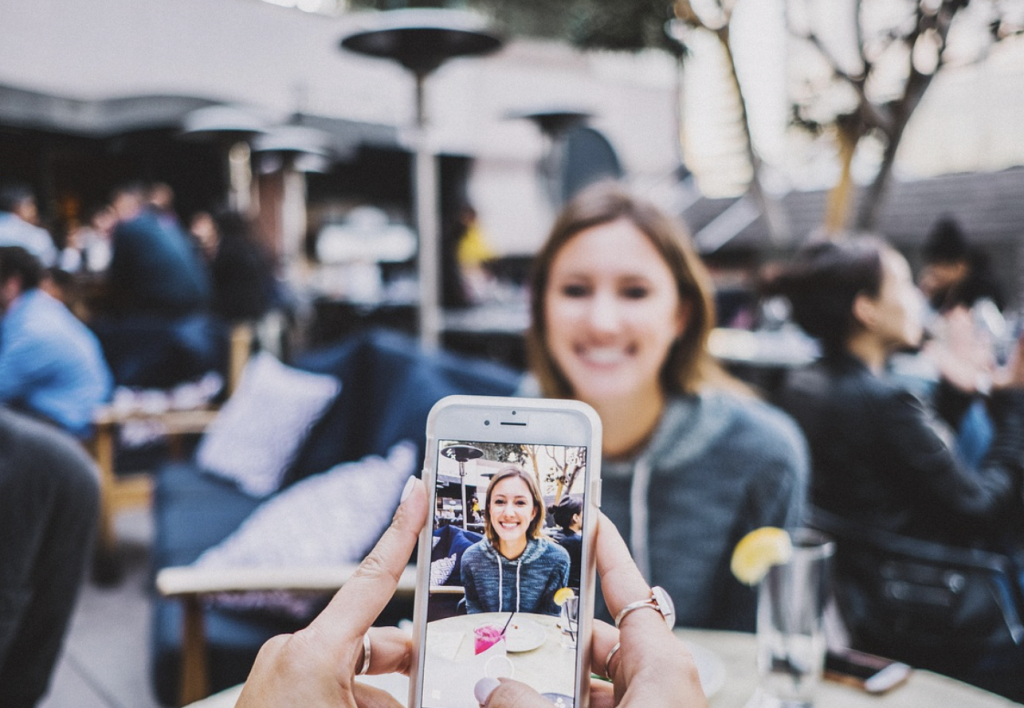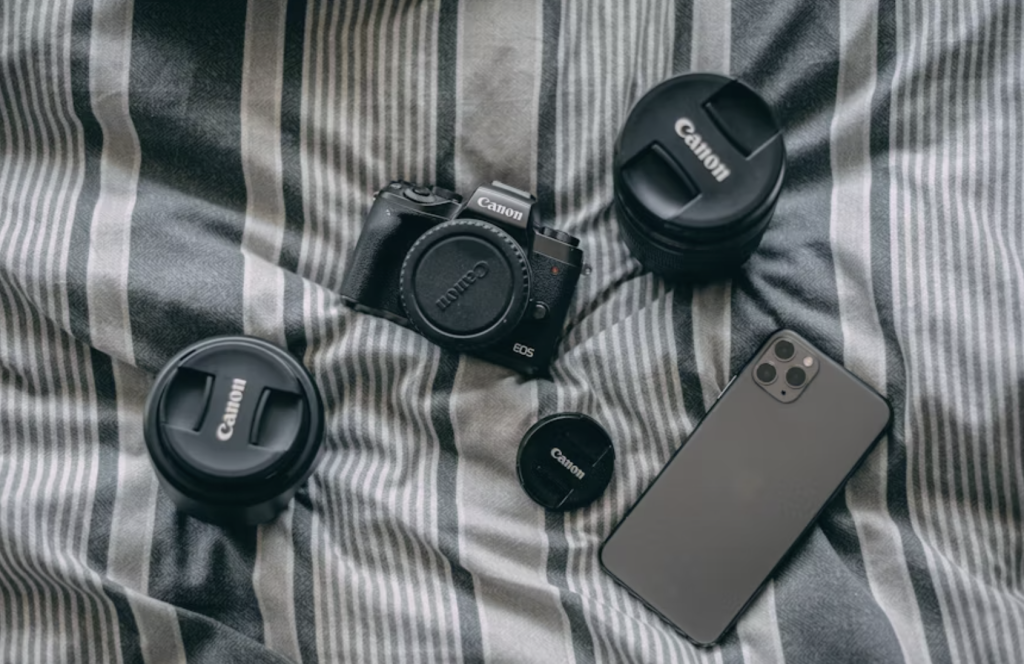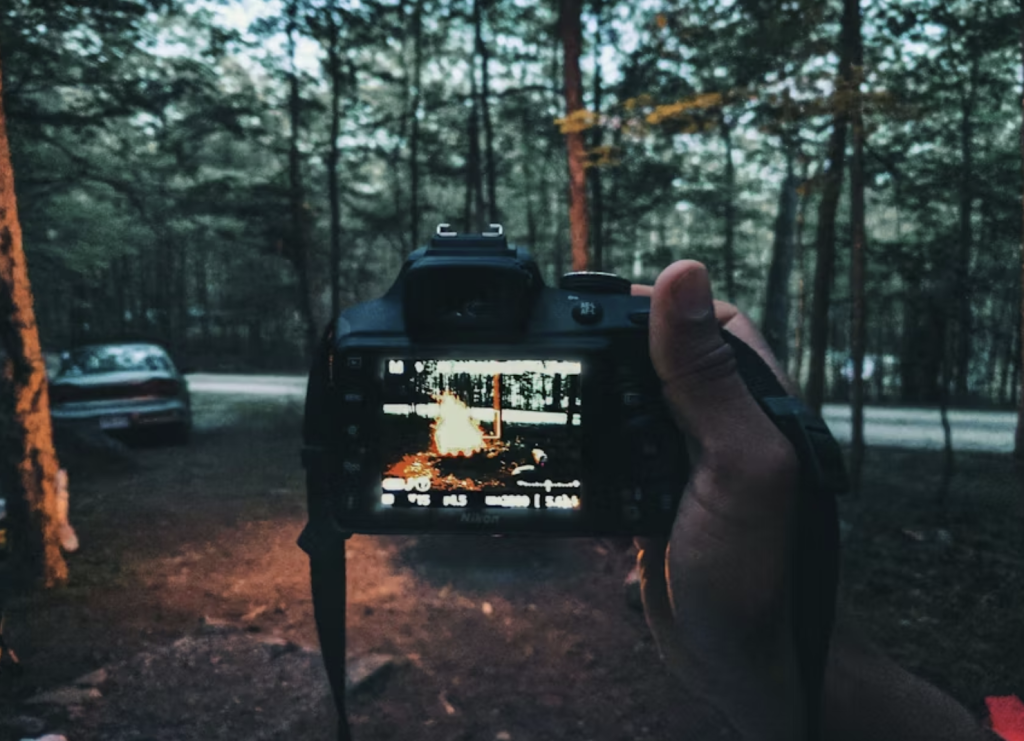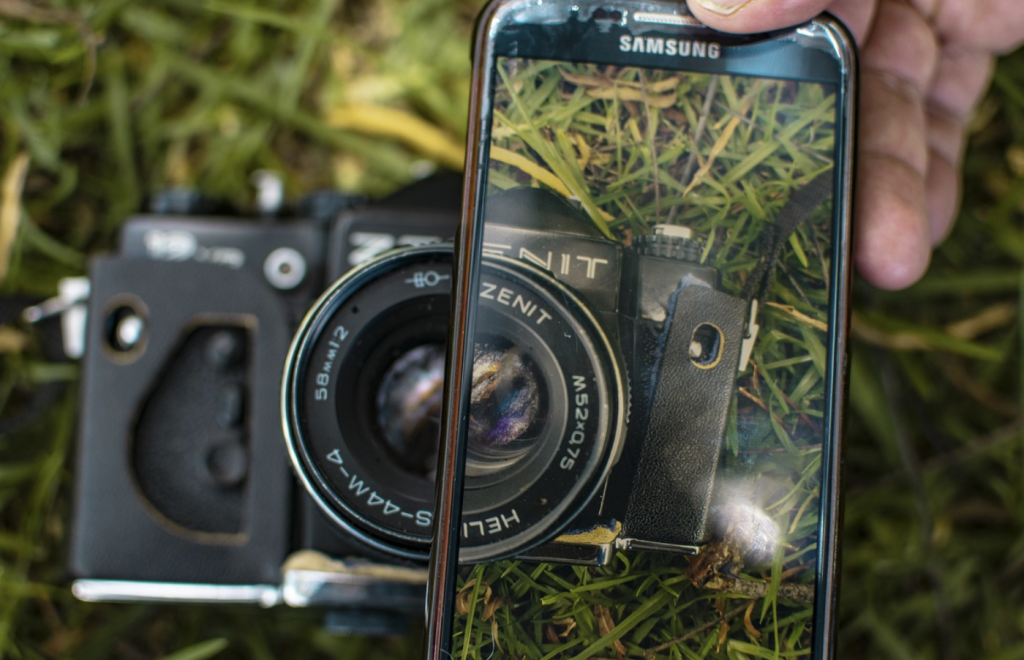Introduction: The Battle for the Best Smartphone Camera
The competition between Apple and Google in the smartphone world has always been fierce, but when it comes to cameras, it reaches a whole new level. Both companies push the boundaries of what smartphones can do in terms of photography and videography. With the release of the iPhone 16 and the Pixel 8 Pro, we’re diving deep into a detailed comparison to determine which device offers the ultimate camera performance. This showdown includes over 50 real-world sample photos, covering everything from daylight shots to low-light scenarios, zoom performance, and portrait mode.
Design & Build Quality: How the Camera Systems Differ
iPhone 16 Design and Camera Integration
The iPhone 16 continues Apple’s signature approach to sleek design, with a focus on premium materials and seamless camera integration. The camera bump is noticeably larger, housing advanced sensors that promise enhanced image quality. Apple’s design philosophy ensures that the cameras feel like a natural extension of the phone, balancing aesthetics with functionality.
Pixel 8 Pro Design and Camera Integration
On the other hand, the Pixel 8 Pro adopts a more minimalistic design with an equally impressive camera array. Google’s design focuses on maximizing usability without compromising on camera power. The camera module, although bold, is integrated into the phone in a way that feels both functional and sophisticated.
Camera Specifications: The Core Features Compared
iPhone 16 Camera Specs
The iPhone 16 comes with a triple-camera setup, including a 48MP primary sensor, a 12MP ultra-wide lens, and a 12MP telephoto lens with 3x optical zoom. The improved sensors and AI processing allow for better dynamic range and more vibrant colors. Apple’s proprietary Photonic Engine ensures that the iPhone 16 handles complex lighting conditions with ease.
Pixel 8 Pro Camera Specs
The Pixel 8 Pro is equipped with a 50MP primary sensor, a 12MP ultra-wide lens, and a 48MP telephoto lens with 5x optical zoom. Google’s focus on computational photography enhances the quality of images by leveraging machine learning. The Pixel 8 Pro also integrates advanced AI features like Real Tone for accurate skin tones and Night Sight for superior low-light performance.
Daylight Photography: Capturing the Perfect Shot
iPhone 16 Daylight Performance
In well-lit conditions, the iPhone 16 shines with rich, true-to-life colors and impressive detail retention. The 48MP primary sensor delivers sharp images with accurate color reproduction. However, Apple tends to warm up the tones slightly, which some users may find more flattering for outdoor portraits and landscapes.
Pixel 8 Pro Daylight Performance
The Pixel 8 Pro excels in capturing intricate details, thanks to its 50MP sensor and computational algorithms. The colors are slightly cooler compared to the iPhone 16, offering a more natural and subdued look. Google’s AI-driven processing ensures that even the finest textures are captured without oversaturation.
Low-Light Photography: Who Performs Better in the Dark?
iPhone 16 Low-Light Performance
The iPhone 16 features Night Mode on all its lenses, providing excellent results even in challenging lighting situations. The images maintain clarity and minimal noise, with bright, vibrant colors. Apple’s processing maintains the overall natural look, but sometimes it can lean toward being a bit too bright in darker scenes.
Pixel 8 Pro Low-Light Performance
Google’s Pixel 8 Pro is known for its Night Sight feature, which excels in low-light environments. The 50MP sensor works in tandem with Google’s AI to deliver highly detailed, sharp images even in near-darkness. The Pixel 8 Pro’s ability to balance exposure and retain shadows makes it a standout performer in this category.
Zoom Capabilities: How Far Can You Go?
iPhone 16 Zoom Performance
With its 12MP telephoto lens offering 3x optical zoom, the iPhone 16 can produce detailed close-up shots with minimal distortion. However, it starts to lose sharpness at higher zoom levels, particularly beyond 5x digital zoom.
Pixel 8 Pro Zoom Performance
The Pixel 8 Pro’s 48MP telephoto lens offers 5x optical zoom, making it superior to the iPhone 16 in this area. The zoom performance retains sharpness even at greater distances, and Google’s computational photography helps in reducing noise and distortion at higher magnifications.
Portrait Mode: Bringing Out the Best in People
iPhone 16 Portrait Mode
Apple’s Portrait Mode continues to be a crowd favorite with its natural bokeh effect and excellent subject isolation. The iPhone 16 uses its Lidar scanner to enhance depth perception, creating stunning portraits with smooth, professional-looking backgrounds.
Pixel 8 Pro Portrait Mode
The Pixel 8 Pro also excels in Portrait Mode, leveraging Google’s AI to provide excellent edge detection and natural-looking blur. The results tend to be softer compared to the iPhone 16, but the Pixel 8 Pro’s accuracy in capturing skin tones is unparalleled.

Video Capabilities: Which One Captures Cinematic Footage?
iPhone 16 Video Performance
Apple has long been known for its impressive video recording capabilities, and the iPhone 16 takes it a step further with 4K Dolby Vision HDR recording. The dynamic range is exceptional, and the stabilization system ensures smooth footage even in shaky conditions.
Pixel 8 Pro Video Performance
The Pixel 8 Pro supports 4K video at 60fps, offering sharp, detailed footage with vibrant colors. Google’s video stabilization is top-notch, but it doesn’t quite reach the level of smoothness and color accuracy seen in the iPhone 16’s Dolby Vision HDR videos.
Artificial Intelligence: Enhancing the Photography Experience
AI in iPhone 16 Camera
Apple’s computational photography capabilities have advanced with the iPhone 16, especially in features like Smart HDR 4 and Deep Fusion. These enhancements ensure that every shot is optimized for clarity, detail, and exposure.

AI in Pixel 8 Pro Camera
Google has long been a pioneer in AI-driven photography, and the Pixel 8 Pro is no different. With features like Real Tone, Magic Eraser, and enhanced Night Sight, the AI ensures each photo is tailored for optimal results, often going beyond what the hardware alone can achieve.
Camera App: User Interface and Features
iPhone 16 Camera App Features
The iPhone 16 features an intuitive camera app with a straightforward interface. It allows easy access to key features like Portrait Mode, Night Mode, and ProRAW, providing a professional-grade experience while maintaining simplicity for casual users.
Pixel 8 Pro Camera App Features
The Pixel 8 Pro camera app is equally user-friendly but includes unique features like Magic Eraser for removing unwanted objects and a more customizable interface for manual controls. The app is designed to maximize the potential of the Pixel’s AI features.
Sample Comparison: 50+ Real-World Photos
Sample 1: Daylight Landscape
A side-by-side comparison of a landscape shot reveals the iPhone 16’s vibrant colors and the Pixel 8 Pro’s more balanced, true-to-life tones.
Sample 2: Low-Light Portrait
The Pixel 8 Pro excels in capturing low-light portraits, while the iPhone 16 tends to brighten the scene a bit more, sometimes resulting in less natural skin tones.
Sample 3: Zoom Performance in Action
When zooming in on distant subjects, the Pixel 8 Pro retains sharper detail and reduces noise better than the iPhone 16, especially beyond the 3x zoom level.
Sample 4: Indoor Photography Comparison
Both phones handle indoor photography well, but the iPhone 16’s more vibrant processing gives it an edge in artificial lighting.

Final Verdict: Which Camera System Reigns Supreme?
Both the iPhone 16 and Pixel 8 Pro are exceptional cameras in their own right. The iPhone 16 excels in video recording, color accuracy, and ease of use, while the Pixel 8 Pro stands out in low-light performance, zoom capabilities, and AI-powered enhancements. Depending on your priorities, either device could be the perfect choice, but the Pixel 8 Pro has the edge for those who prioritize photography features.
Frequently Asked Questions (FAQs)
- Which phone has better zoom capabilities, the iPhone 16 or Pixel 8 Pro? The Pixel 8 Pro offers superior zoom capabilities, with its 48MP telephoto lens providing 5x optical zoom compared to the iPhone 16’s 3x optical zoom.
- Is the iPhone 16 better for video recording? Yes, the iPhone 16 offers 4K Dolby Vision HDR video recording, which provides exceptional video quality and dynamic range.
- How does low-light performance compare between the iPhone 16 and Pixel 8 Pro? The Pixel 8 Pro outperforms the iPhone 16 in low-light conditions, thanks to its Night Sight feature and superior AI processing.
- Which phone has better portrait mode? Both phones have excellent portrait modes, but the iPhone 16 tends to produce more natural bokeh effects, while the Pixel 8 Pro excels at skin tone accuracy.
- What’s the biggest difference between the iPhone 16 and Pixel 8 Pro? The biggest difference lies in their strengths: the iPhone 16 is superior for video recording and overall usability, while the Pixel 8 Pro excels in AI-driven photography and low-light performance.


Leave a Reply